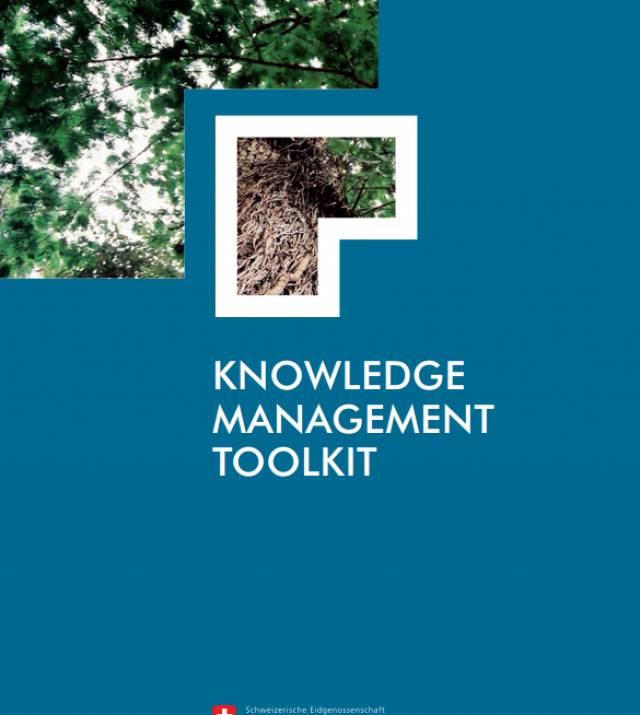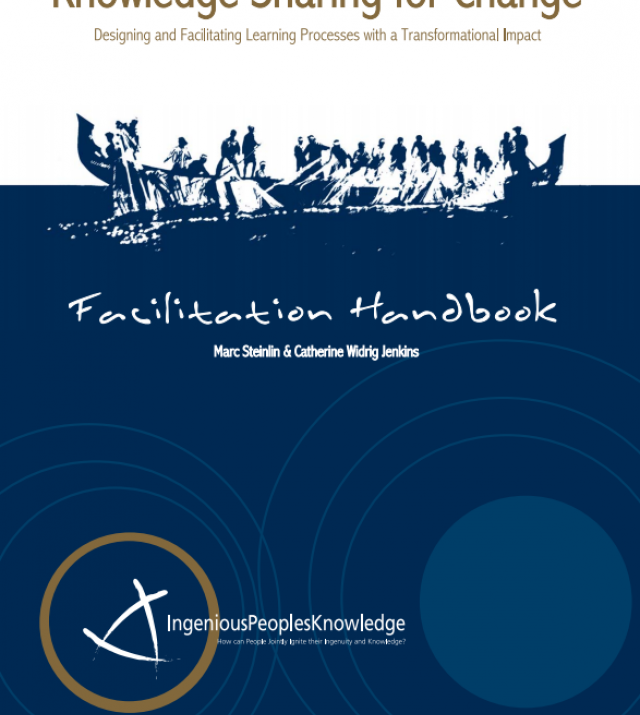
Learning for Change in the Asian Development Bank

All things considered, organizations that fail to learn at the minimum pace are destined for insignificance. In recent years, there has been much discussion of learning in organizations, especially in the corporate sector—its tone often academic. Of course, organizations per se are not sentient beings with the capacity to learn. Yet the individuals within them can learn, individually and collectively, and therefore bear responsibility at both levels for making the whole greater (or lesser) than the sum of its parts. Collective learning is called organizational learning, which is explained as the ability of an organization to gain insight and understanding collectively and consciously from its own (and others’) experience, and subsequently to change its behavior to improve practice. Organizational learning is achieved through experimentation, observation, analysis, and (most importantly) a willingness to examine both successes and failures.
Learning for Change in ADB is offered as a resource and reference to ADB staff members in general, but to management in particular. Learning leaders are key to learning organizations—this document may stimulate or inform their initiatives to transform the organization for learning excellence. The key attributes of Learning for Change in ADB are that it marks out generic roadblocks to learning; assimilates the manifold dimensions of the learning organization; and specifies how action across organization, people, knowledge, and technology can energize and support individual, team, and cross-functional learning, and in return, be enriched by learning.

